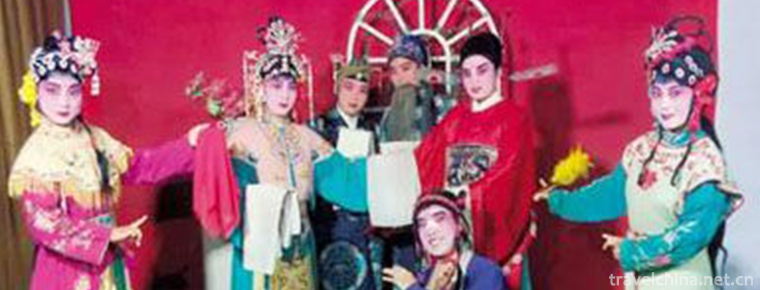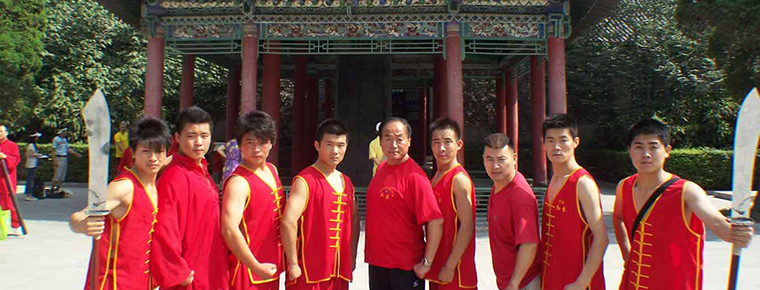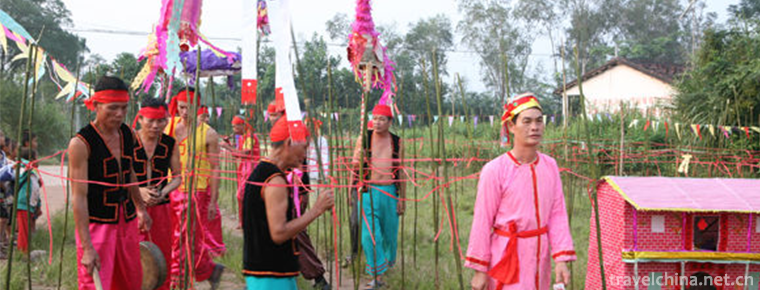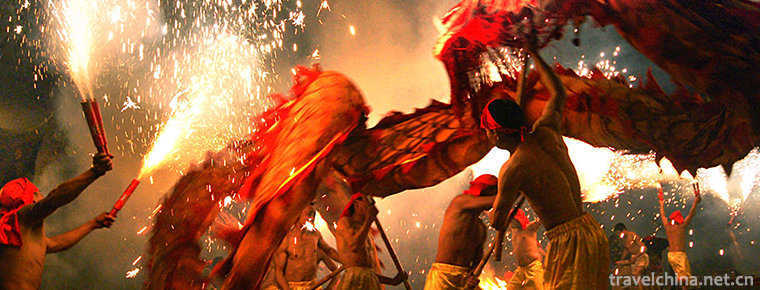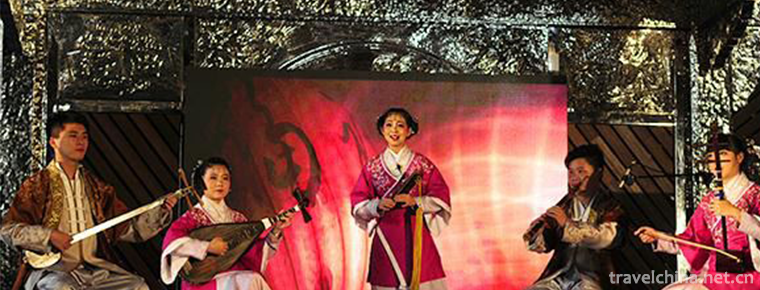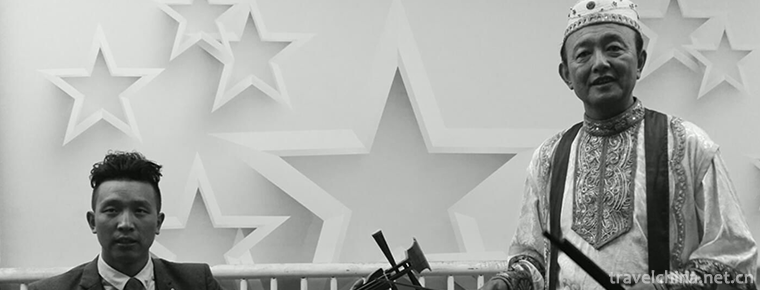Communication University Of China
Communication University Of China
Communication University of China ( Communication University of China Referred to as "Zhong Chuan", located in the capital city. Beijing Yes. Ministry of Education of the People's Republic of China The information dissemination field, the industry characteristic university, the state " World class discipline construction universities " 211 Project "Key construction universities," 985 engineering advantage discipline innovation platform "Key construction universities, the state" 111 plan "," National construction of high level university postgraduate projects "," National innovation and entrepreneurship training program for College Students "Selected colleges and universities, the initiating unit of the International Federation of media higher education, UNESCO" media and women "teaching unit.
The predecessor of the school was founded in 1954. Central Broadcasting Bureau Technical personnel training course. In 1958, it was renamed the Beijing broadcasting Academy. Approved by the State Council in 1959, the school was upgraded to Beijing Broadcasting Institute. In 2000, the State Administration of radio, film and television was transferred to the Ministry of education. 2002 China University of Mining and Technology The Eastern Campus of the Beijing Campus (the former Beijing Coal Management Cadre College) is incorporated into Beijing Broadcasting Institute as a whole. In 2004, it was renamed Communication University of China.
According to the official website of the school in November 2019, the school covers an area of 463 thousand and 700 square meters, with 6 academic departments, 21 colleges and 79 undergraduate specialties. It has 7 post doctoral research stations, 8 first level disciplines, doctoral degree authorization points, 19 first level master's degree authorization points, 10 professional master categories, 2 countries' "double first class" construction disciplines, 2 key national disciplines, and 1 countries with emphasis on cultivating disciplines; more than 20 staff members, two employed academicians, and full-time full-time students, including full-time full-time junior college students, Ph.D., and postgraduate candidates.
Historical evolution
The predecessor of Communication University of China was the broadcasting service of the Central Broadcasting Bureau founded in 1954.
Technical training course and the Beijing broadcasting Academy established in 1958.
Central Broadcasting Bureau It was decided to set up the "Central Broadcasting Bureau technical personnel training class" in 1954 to train technical personnel who master the theoretical knowledge of broadcasting.
In 1958, the Beijing Broadcasting College, the first high school directly under the Central Broadcasting Authority, was formally established on the basis of the original training course.
In March 18, 1958, the director of the Central Broadcasting Bureau formally approved the training class to exchange real estate with the Beijing Forestry Bureau, and decided to transfer the training class from Liangxiang No. 12 launch pad to the South Lishi road broadcasting Research Institute (later, the radio and Film Television Department, South Lishi road hostel). In May 22nd of the same year, the leader of the technical correspondence school transferred to the training center of the Central Broadcasting Bureau organized new forces for the training class. In September 2nd of the same year, the Beijing Broadcasting College, the first higher school directly under the Central Broadcasting Authority, was formally established on the basis of the former Central Broadcasting Bureau technical personnel training class. In October 2nd of the same year, the Beijing broadcasting Academy was officially opened.
In February 13, 1959, in the written report of the Beijing broadcasting academy to the Party committee of the Central Broadcasting Bureau, the issue of establishing Beijing Broadcasting Institute was formally put forward by Ni Zheng. In April 2nd of the same year, the Ministry of Education (16) 183rd agreed to set up Beijing Broadcasting Institute.
In June 20, 1961, the development of Beijing Broadcasting Institute suffered the first serious setback. According to the central government's instructions on adjusting the institutions of higher learning, the Central Broadcasting Authority decided that Beijing Broadcasting Institute should stop recruiting students and be classified as "investigation and abolition".
In May 24, 1963, the State Council issued the circular on the resumption of Beijing Broadcasting Institute (Document No. 367), and agreed to restore Beijing Broadcasting Institute.
In June 1965, Beijing Broadcasting Institute decided to take Fuzhuang Beijing Petroleum School as its new school site.
In May 1970, the Academy was referred to as the "black base" by the Jiang Qing counter revolutionary group. The Central Broadcasting Authority's military management team once again submitted to the central government the report on the withdrawal of the Beijing Broadcasting Institute, and at the national education conference in July the same year, it decided: the Beijing Broadcasting Institute tried to cancel it. At this point, Beijing Broadcasting Institute was completely closed.
In 1973, under the cordial care of Premier Zhou Enlai, the Beijing Broadcasting Institute was resumed.
In 1976, Beijing Broadcasting Institute and the Beijing peony television factory jointly organized the "721 universities". In 1979, the "721 universities" unified and renamed the staff University.
In 1979, graduate students began to be enrolled.
In November 1981, with the approval of the State Council, the school became the first batch of master's degree awarding units in the country.
In January 1982, it was awarded the first batch of Bachelor degree awarding units.
In February 1984, the State Education Commission issued No. 004, and approved Beijing Broadcasting Institute to hold correspondence education.
In 1998, the school became a doctorate granting unit.
In 2001, it officially entered the country. 211 Project We should focus on the ranks of colleges and universities.
2002, China University of Mining and Technology east campus, Beijing campus. Beijing Coal Management College Integrated into Beijing Broadcasting Institute.
In August 2004, Beijing Broadcasting Institute changed its name to Communication University of China.
In 2009, Communication University of China founded the first MBA education project featuring culture and media in China.
In 2011, it became " 985 engineering advantage discipline innovation platform The key is to build universities.
In September 2017, Communication University of China was selected as the first batch of "double first class" list of world class disciplines.
In July 31, 2018, the school established a strategic cooperative relationship with the Advertisers Association of China. In September 16th, the school signed a strategic cooperation agreement with Alibaba group.
In November 2019, Communication University of China was officially approved as "media convergence and communication." key state laboratories "Relying on the construction unit.
http://www.cuc.edu.cn/
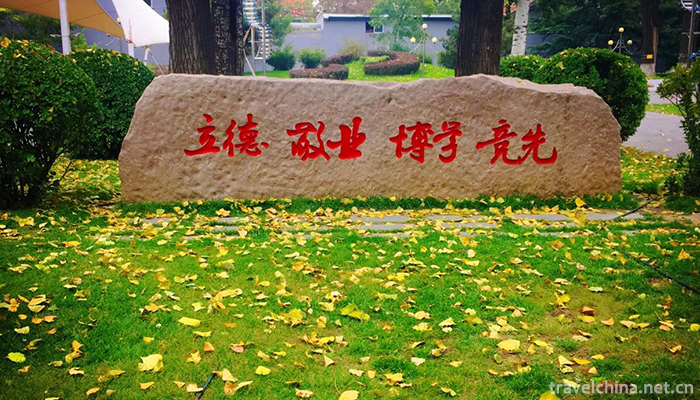

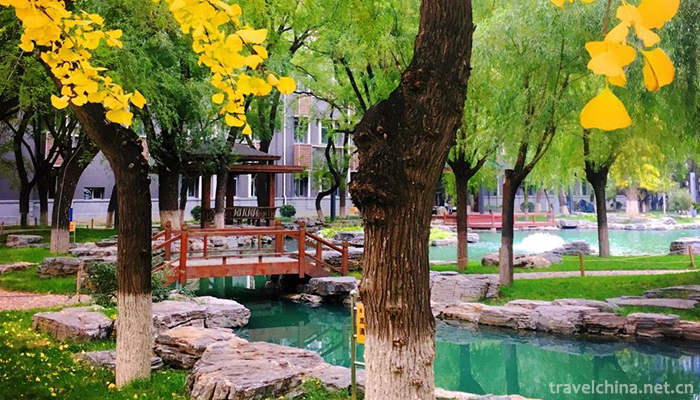
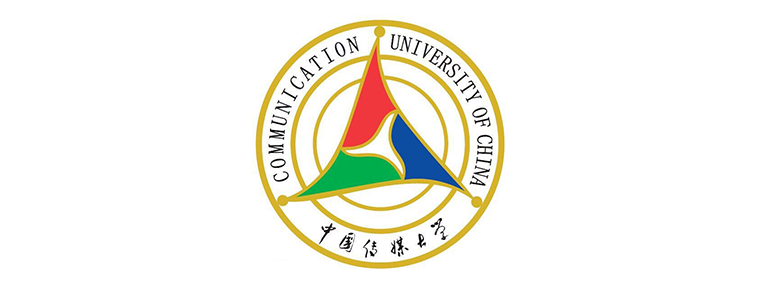
Communication University Of China
-
Dameisha Beach Park
Dameisha Beach Park was built on June 18, 1999 with a total investment of 120 million yuan
Views: 258 Time 2018-10-12 -
Shangyao National Forest Park
Shangyao National Forest Park, located in the northeast of Huainan City, Anhui Province, has more than 30 hills and mountains with a total area of 10.4 square kilometers and a forest coverage rate
Views: 154 Time 2018-12-19 -
Haha Opera
Haha Opera, also known as Liuzi Opera and Drinking Opera, is a local opera originated from the folk in Hebei Province. It is the first national intangible cultural heritage
Views: 232 Time 2019-05-02 -
Red boxing
Red boxing originated in Zhou and Qin Dynasties, became famous in Tang and Song Dynasties and prevailed in Ming and Qing Dynasties. It is an important link
Views: 197 Time 2019-05-03 -
Ancient dance Lao Gu dance
Ancient dance, the meaning of "breaking through the barrier" in Li language, is called "ancestor-telling" in ancient books. The ancestor worship originated from the primitive socie
Views: 154 Time 2019-05-11 -
Old soup essence formula
The formulation of Royal Food Old Tangjing includes the formulation and production technology of Old Tangjing, which is a valuable cultural treasure in the history of condiment development in China. T
Views: 151 Time 2019-05-11 -
Dragon Dance
Dragon dance, also known as "Dragon Dance", is also called "Dragon Dance", "Dragon Lantern Dance" or "Dragon Dance Lantern Dance", one of the traditional Chines
Views: 141 Time 2019-05-14 -
southern accent
Nanyin, also known as "string" and "Quanzhou Nanyin", is the oldest ancient music in China. During the Han, Jin, Tang and Song dynasties, the immigrants from the Central Plains bro
Views: 212 Time 2019-06-07 -
Nuwa Festival
Nuwa Festival is an ancient traditional folk custom and folk religious and cultural activity. Legend has it that the eighteenth day of the third month of the lunar calendar is Nuwa's birthday. Therefo
Views: 277 Time 2019-06-08 -
Pingxiang Xiangdong Nuo Mask
Nuo mask is an important part of Nuo culture. It is used in Nuo etiquette, Nuo dance and Nuo opera. Nuo mask in eastern Hunan is an excellent traditional Chinese sculpture with a long history. Eastern
Views: 201 Time 2019-06-09 -
virtuous and filial
Xianxiao was born out of Buddhist folklore, and has a deep relationship with Xiliangle music, Dunhuang Bianwen and Hexi Baojuan. The way of inheritance mainly depends on the artistic population. Its c
Views: 188 Time 2019-07-01 -
Anhui Science And Technology University
Anhui Science and Technology University is located Anhui Province Chuzhou City Fengyang County and Bengbu City By the state Ministry of Education Approved full-time full-time undergraduate universitie
Views: 210 Time 2019-10-10


